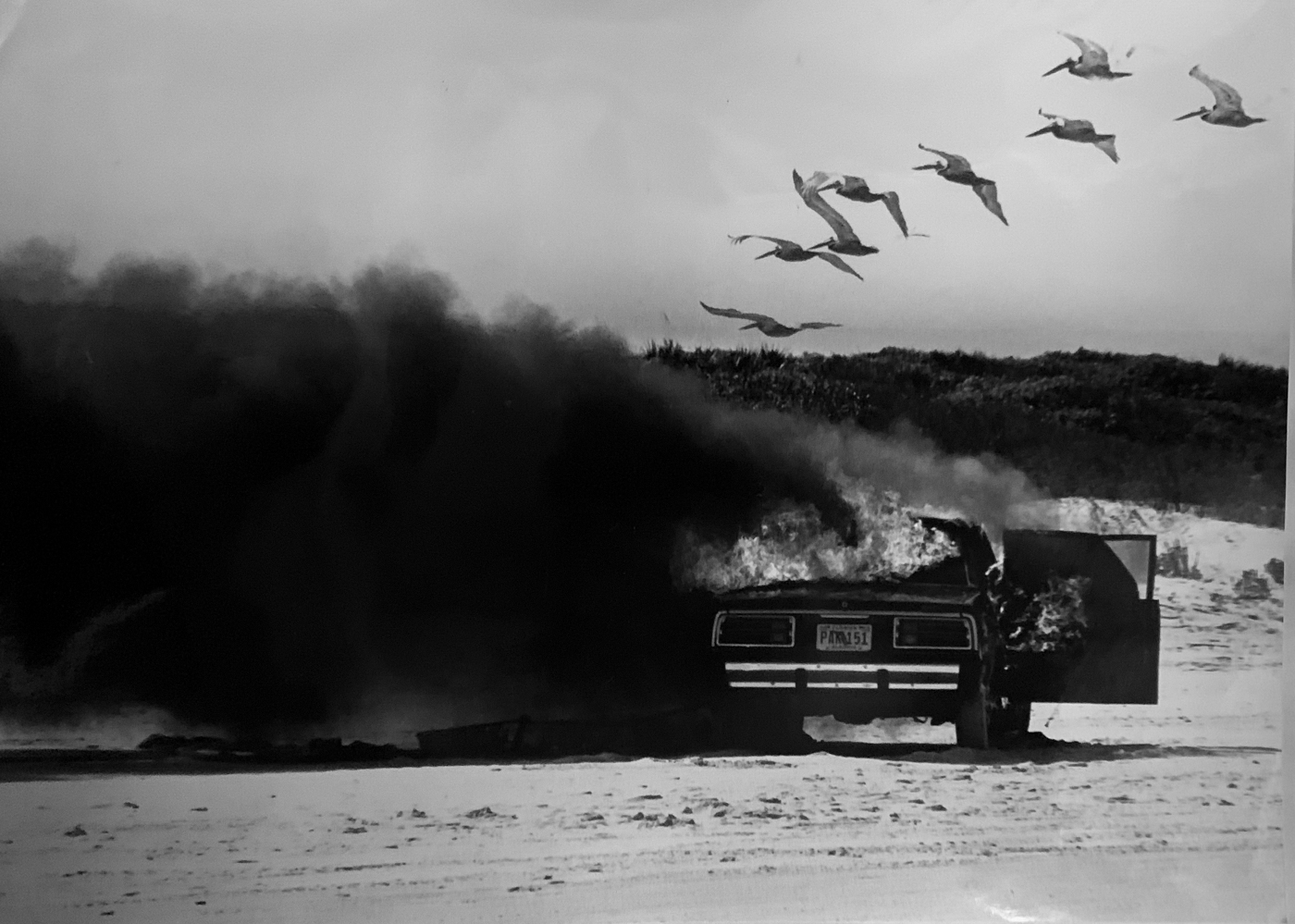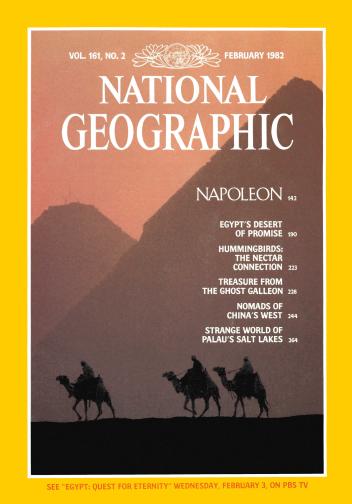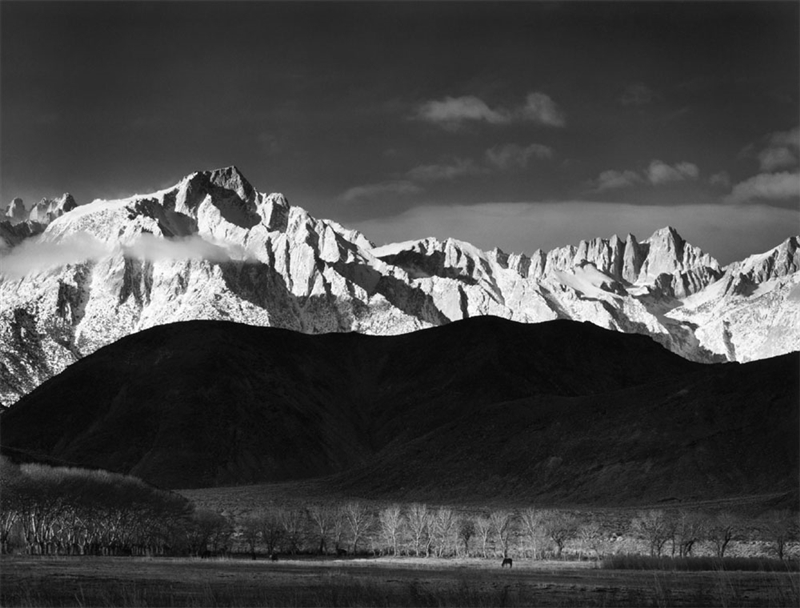#20 Truth!
“We all know that Art is not truth. Art is a lie that makes us realize truth, at least the truth that is given us to understand. The artist must know the manner whereby to convince others of the truthfulness of his lies. If he only shows in his work that he has searched, and re-searched, for the way to put over lies, he would never accomplish anything.”
—Pablo Picasso, 1923
· “All photographs are accurate. None of them is the truth.”
— Richard Avedon“Photography is not all seeing in the sense that the eyes see. Our vision, a binocular one, is in a continuous state of flux, while the camera captures and fixes forever a single, isolated, condition of the moment. Besides, we use lenses of various focal lengths to purposely exaggerate actual seeing. In printing we carry on our willful distortion of fact by using contrasty papers which give results quite different from the scene or object as it was in nature. This, we must agree, is all legitimate procedure: but it is not “seeing” literally, it is done with a reason, with creative imagination.”
—Ed Weston, from his daybooks
On April 5, 1980, this happened. Sorta…
The Steve McCurry Photo Editing Scandal 2016… >https://www.businessinsider.com/steve-mccurry-photo-editing-scandal-2016-5
NATIONAL GEOGRAPHIC FEB 1982: https://www.nationalgeographic.com/magazine/2016/07/editors-note-images-and-ethics/
And even a Dorthea Lange controversy: https://petapixel.com/2018/11/30/that-iconic-migrant-mother-photo-was-photoshopped/
Dalí Atomicus by Philippe Halsman
“Capturing the essence of those he photographed was Philippe Halsman’s life’s work. So when Halsman set out to shoot his friend and longtime collaborator the Surrealist painter Salvador Dalí, he knew a simple seated portrait would not suffice. Inspired by Dalí’s painting Leda Atomica, Halsman created an elaborate scene to surround the artist that included the original work, a floating chair and an in-progress easel suspended by thin wires. Assistants, including Halsman’s wife and young daughter Irene, stood out of the frame and, on the photographer’s count, threw three cats and a bucket of water into the air while Dalí leaped up. It took the assembled cast 26 takes to capture a composition that satisfied Halsman. And no wonder. The final result, published in LIFE, evokes Dalí’s own work. The artist even painted an image directly onto the print before publication.” (Time100)
“I would argue that this expressive power comes in part from how we think of photos, a sort of unwritten agreement about the truthfulness of photographic images. Somehow in the back of our minds we cannot shake the feeling that what you see in a photograph is real and true.
Though we know photos can be doctored, airbrushed, touched up, Photoshopped, we still see them as real. Our head tells us to be cautious, look closer, analyse what we see, but our heart cries out ‘It’s real! I am seeing it with my own eyes!’ “ (Tate Debate, 2011)
One of the most iconic photos ever taken, Robert Doisneau’s “Kiss, by the Hotel De Ville" — does it change how we feel about the picture after knowing the photographer hired these models and staged it?
Winter Sunrise, from Lone Pine (1944) by Ansel Adams
The people who think that Ansel would have embraced Photoshop usually point out a certain image of his—Winter Sunrise: Sierra Nevada from Lone Pine, 1944. Ansel talked about this image in his book, Examples: The Making of 40 Photographs. He made the image while in the neighborhood shooting his documentary project of the Japanese Internment Camp, Manzanar, during 1943 and 1944. In this otherwise pristine landscape, the local high school students had put their school’s initials, “LP,” on the hill side in white-washed rocks. “LP” stands for Lone Pine.
Ansel made the image and spent a number of years dealing with it after the fact. In his words, “I ruthlessly removed what I could of the L P from the negative (in the left-hand hill), and have always spotted out any remaining trace in the print.” When I took a workshop from John Sexton in 1987, he related the story that Ansel gave him the job of scraping the LP out of the 8x10 negative with a scalpel, when John was Ansel’s assistant in the 70s. On the face of things, this account isn’t all that different from what digital photographers do every day, cloning out offensive elements from their images to make them a better representative of what they saw and felt. And it’s a good way to control things beyond your control when you shoot.
Rubin’s Portfolio of Photography | Rubin’s Instagram (@droidmaker)
Suzanne’s Instagram (@sfritzhanson)
If you like the show, please subscribe on iTunes, Google Play, or your favorite podcasting app, and please rate the podcast. And don’t forget to join the Neomodern Facebook group to discuss the show, share your photos, hear about specials for printing or framing your best images. Thank you!







